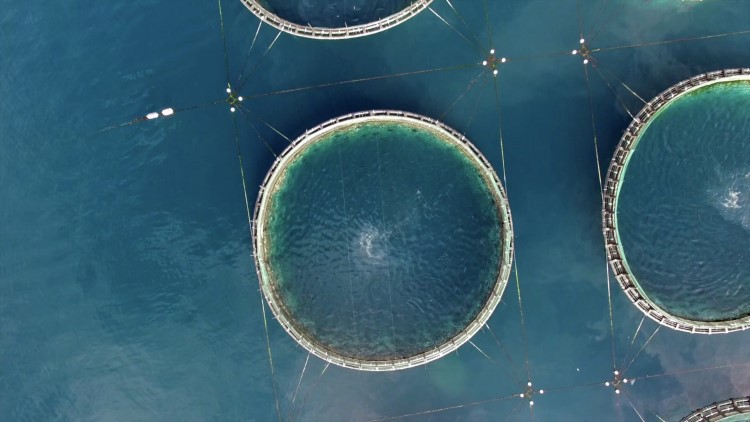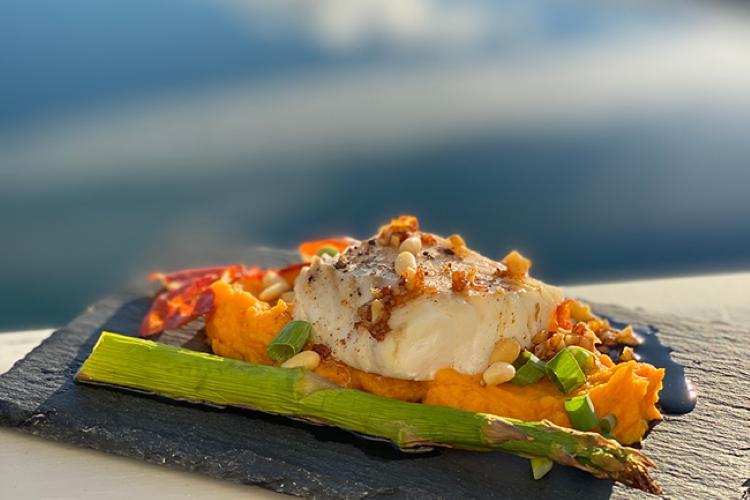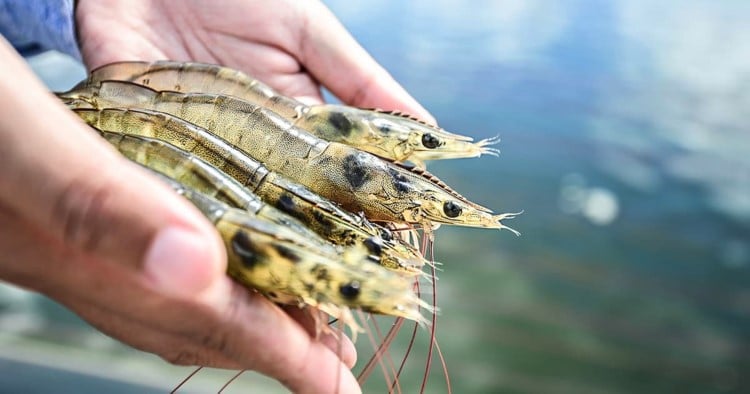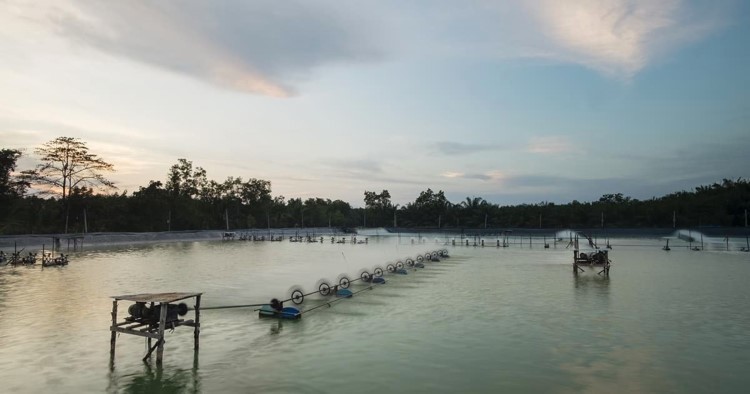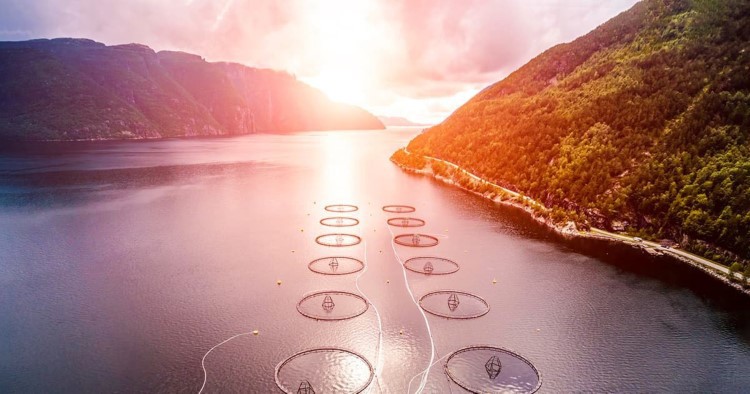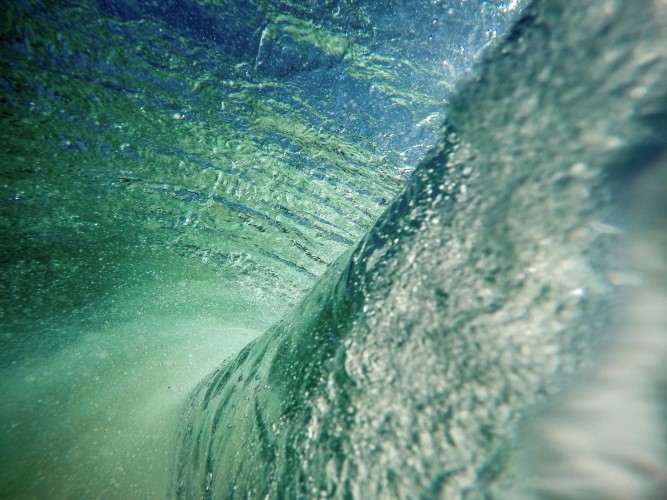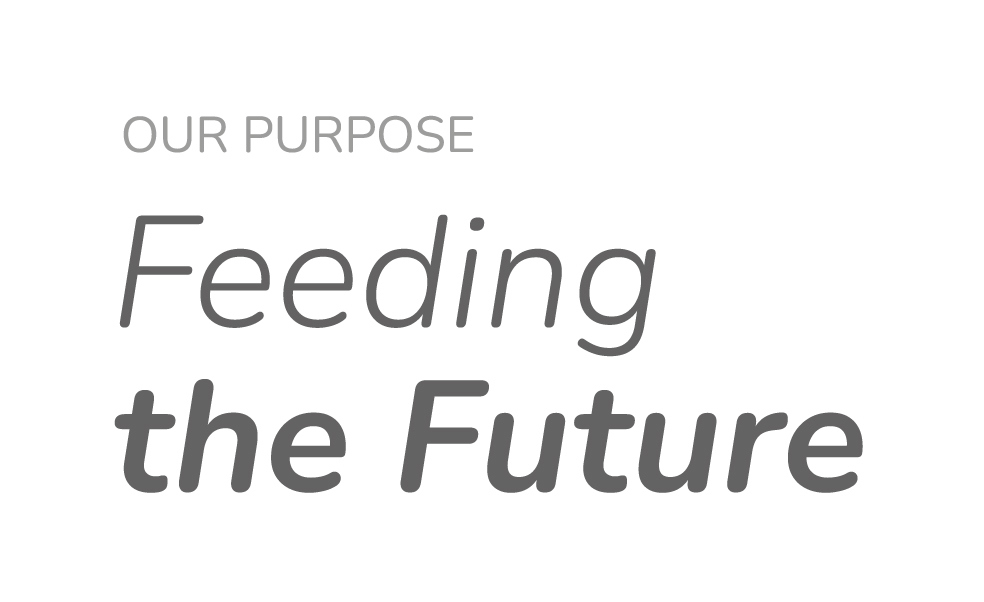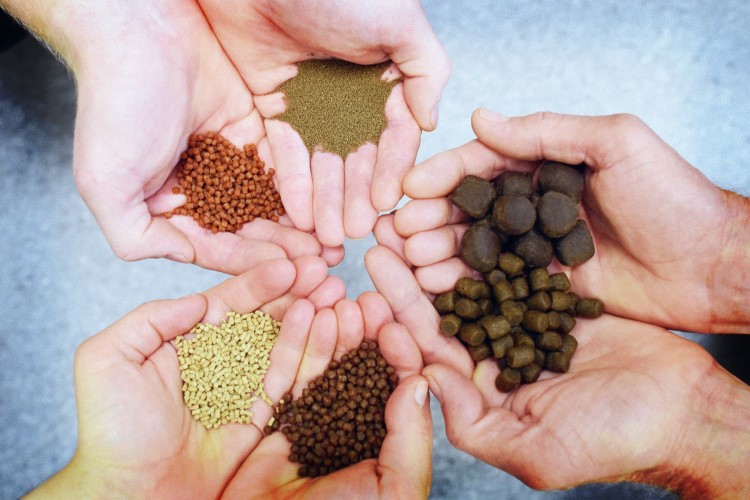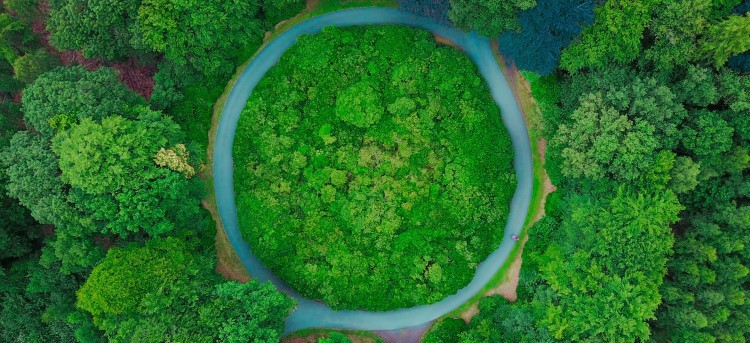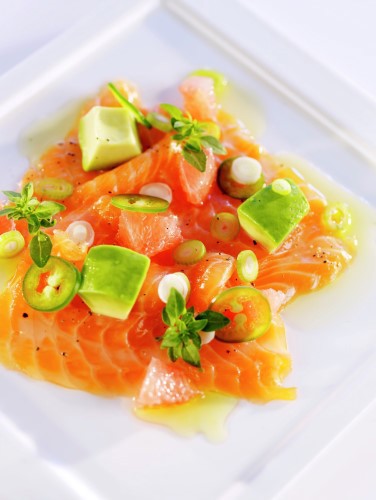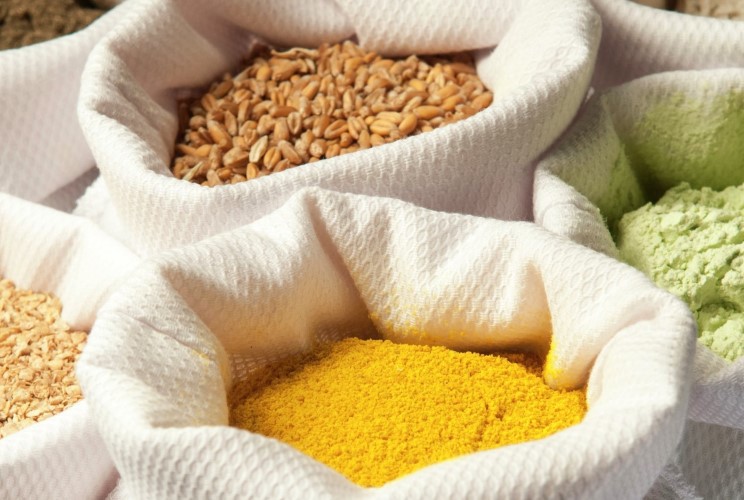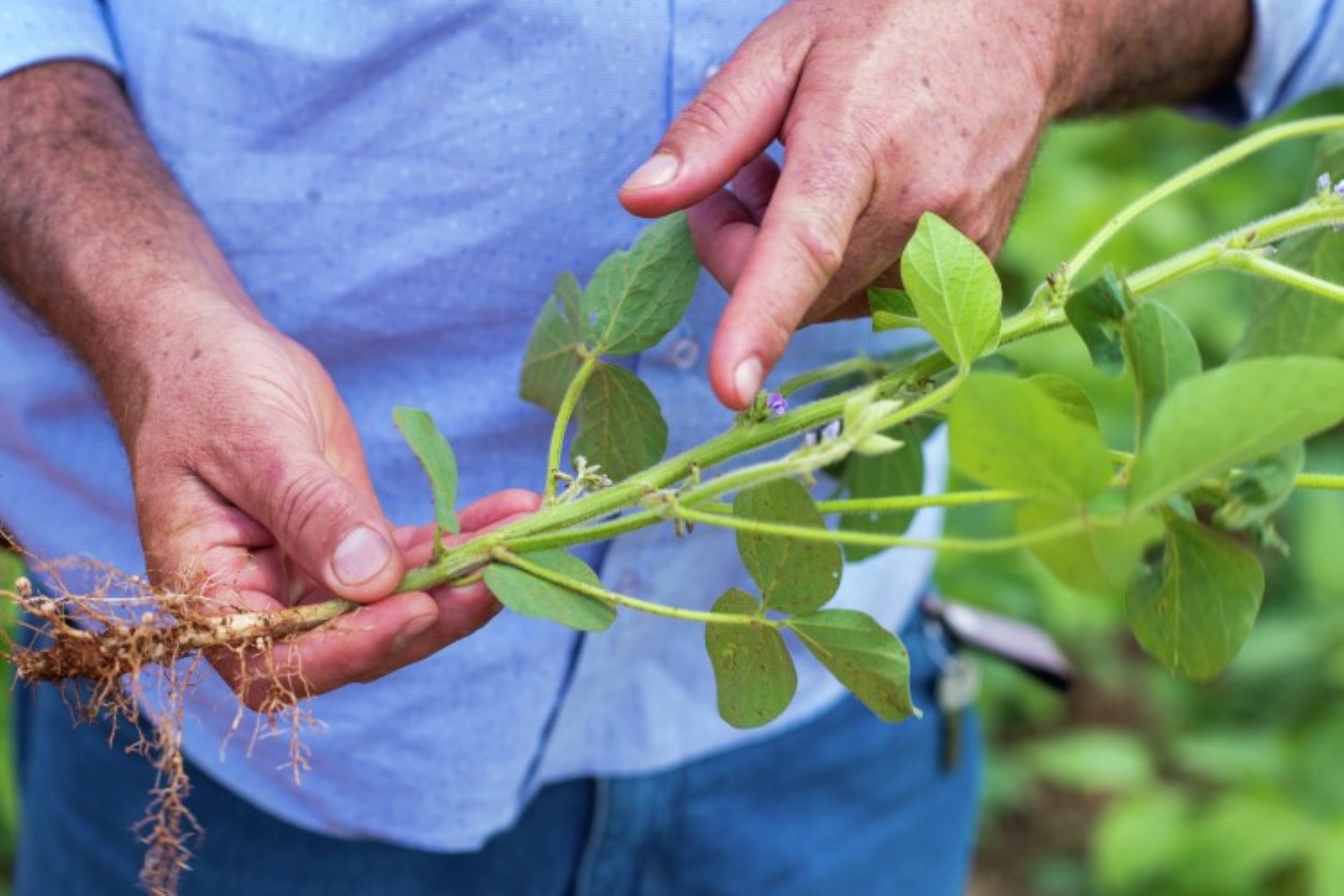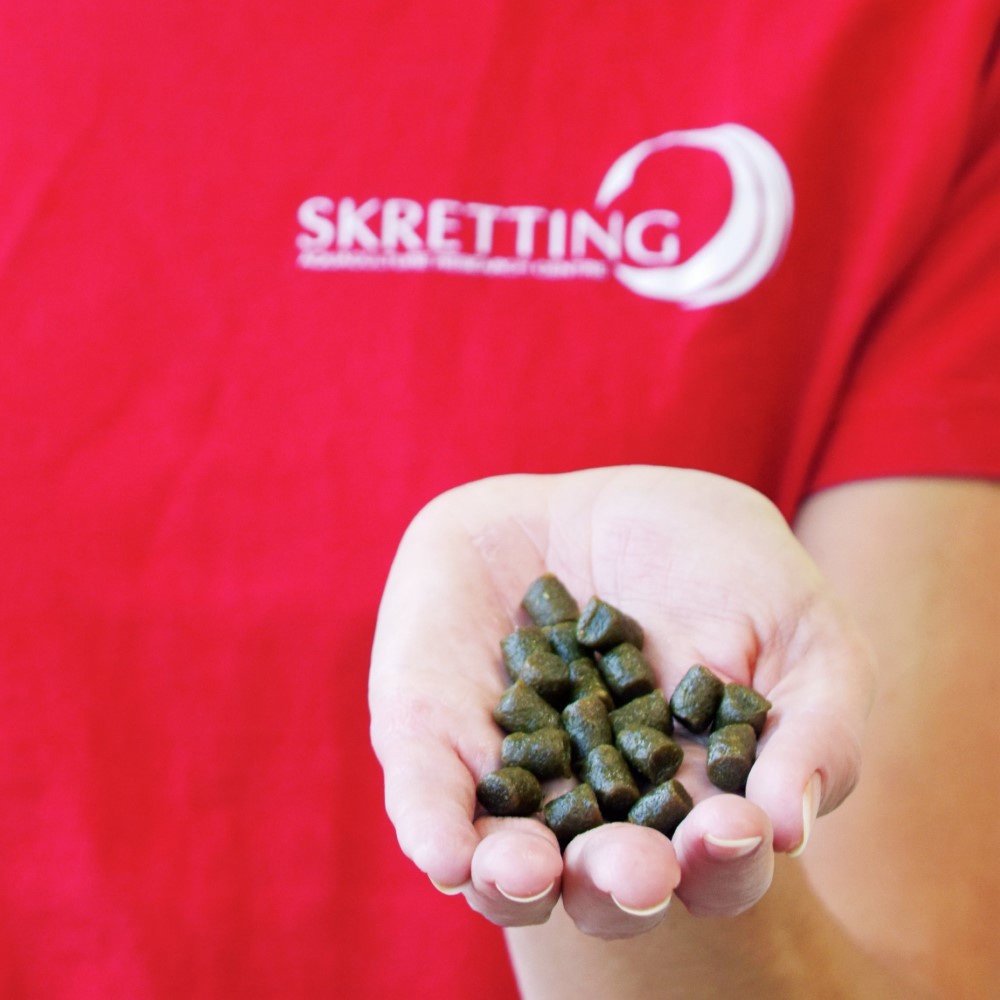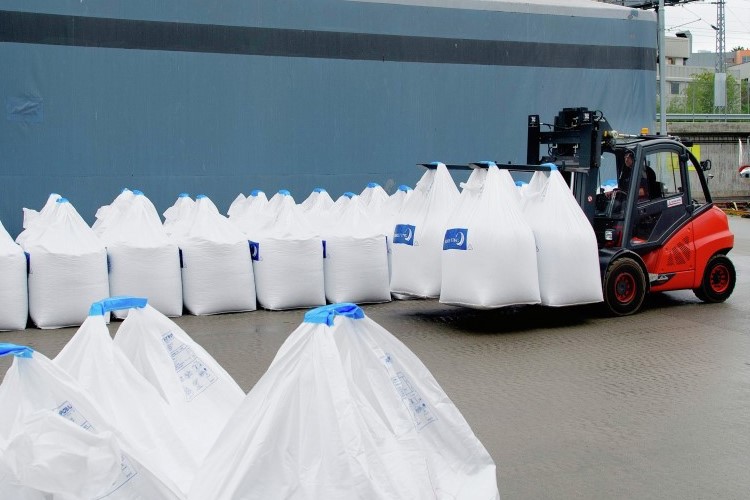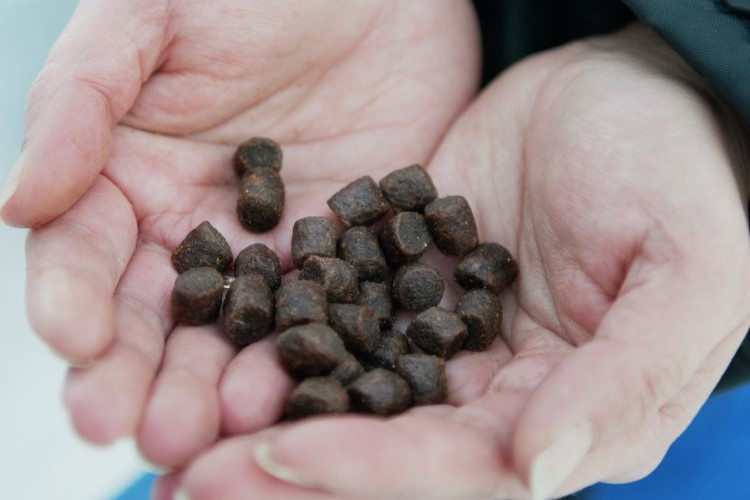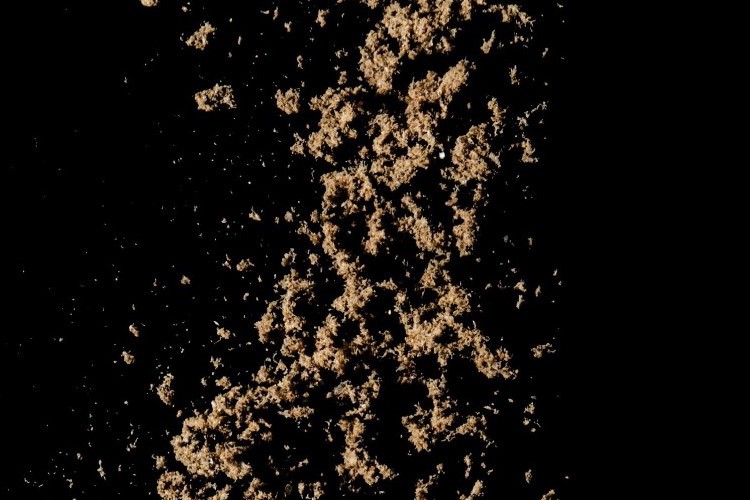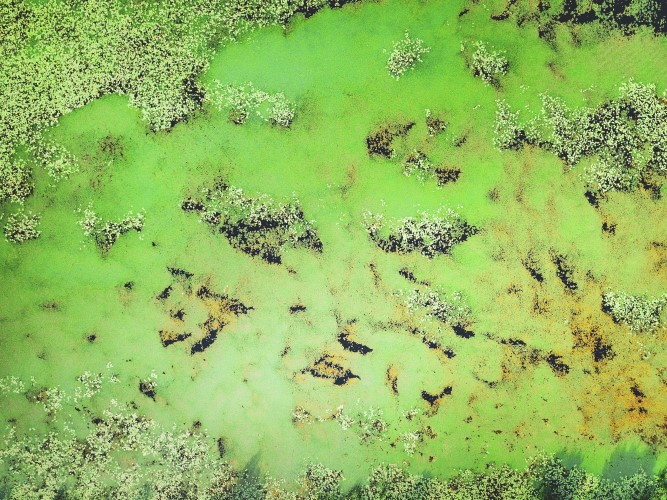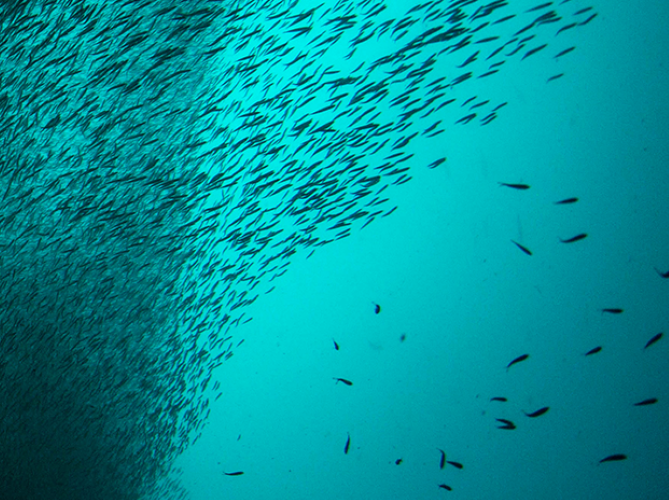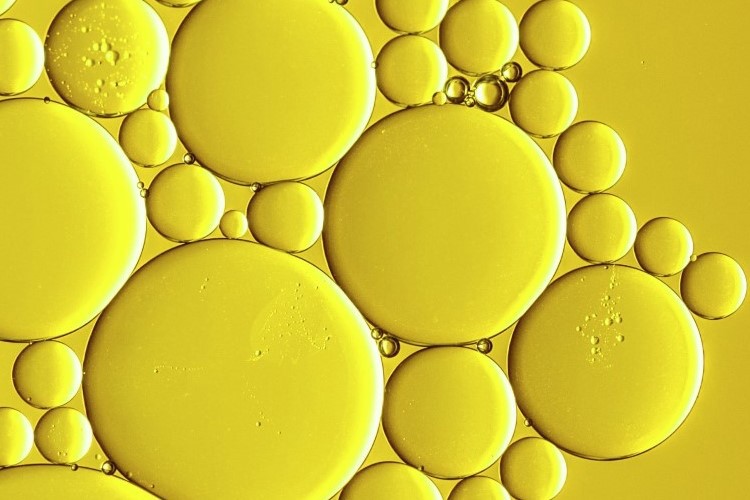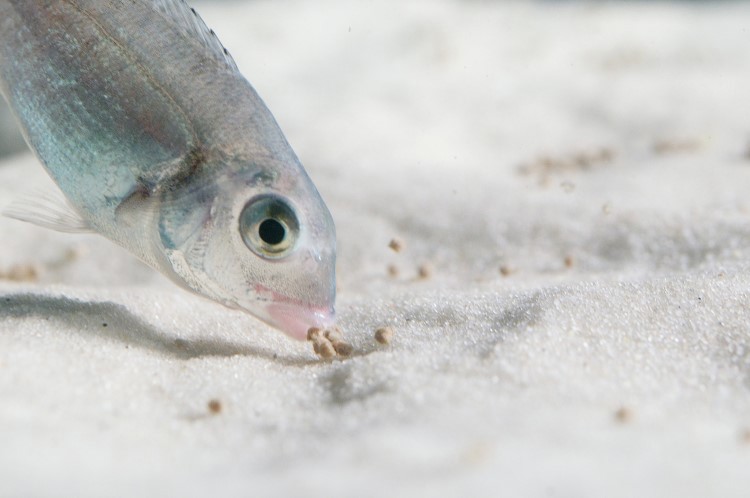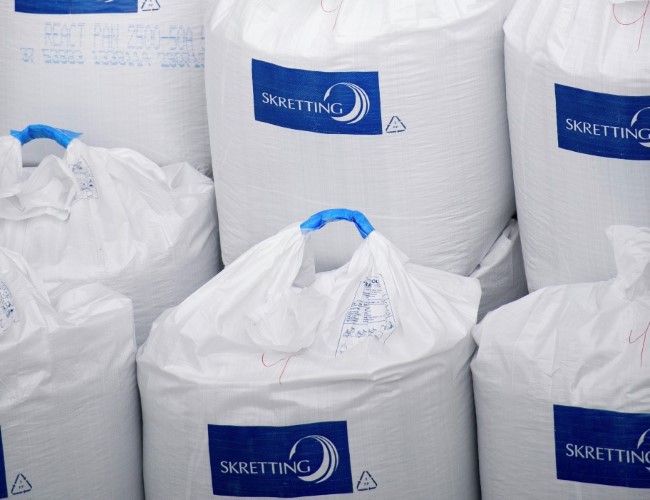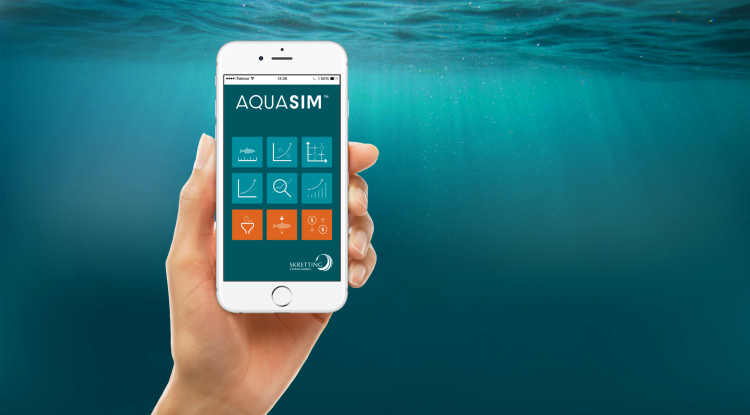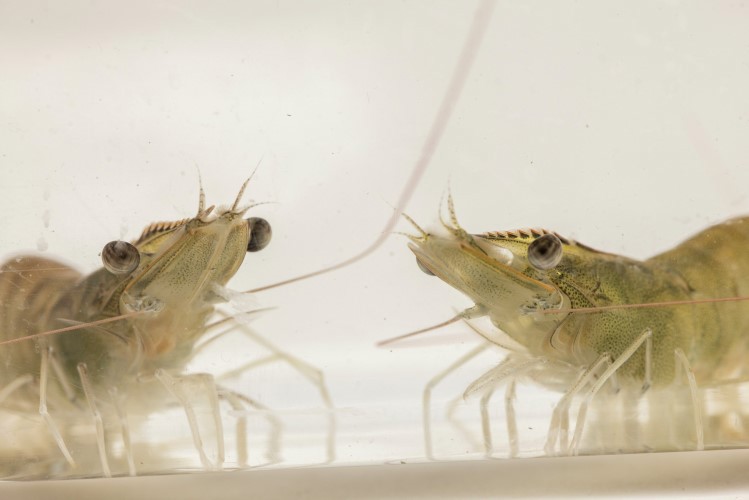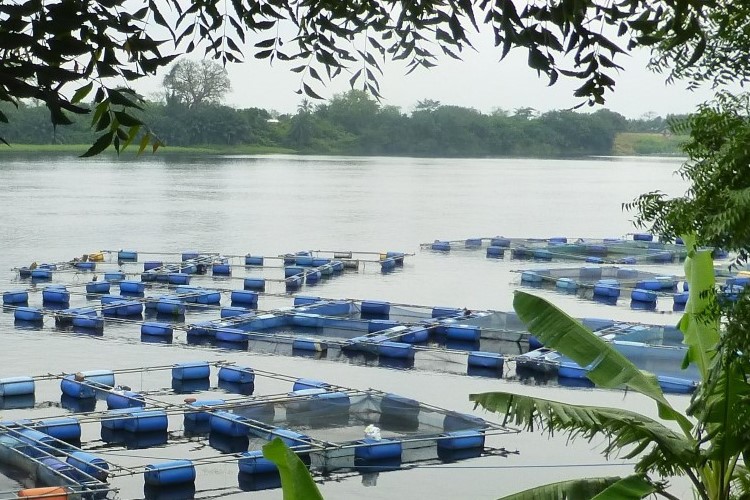Our Skretting purpose is to 'Feed the Future', but what does that mean? Globally, there is increasing competition for land, water, and energy, all of which will increasingly affect food production. Safe, high-quality protein is essential, and aquaculture has the potential to provide it to a global population that is growing at an unprecedented rate.
We get a lot of questions about aquaculture, what it is and what it means, and here we try to answer some of those questions, largely from the point of view of the balanced feed producer, but sometimes on behalf of the industry, to provide a clear understanding of our industry and the steps we are taking to deliver on our purpose. We are committed to achieving this by focusing on reducing our environmental footprint and increasing our positive social impact.
Read what the GAA (Global aquaculture alliance) says about aquaculture and why we need it
